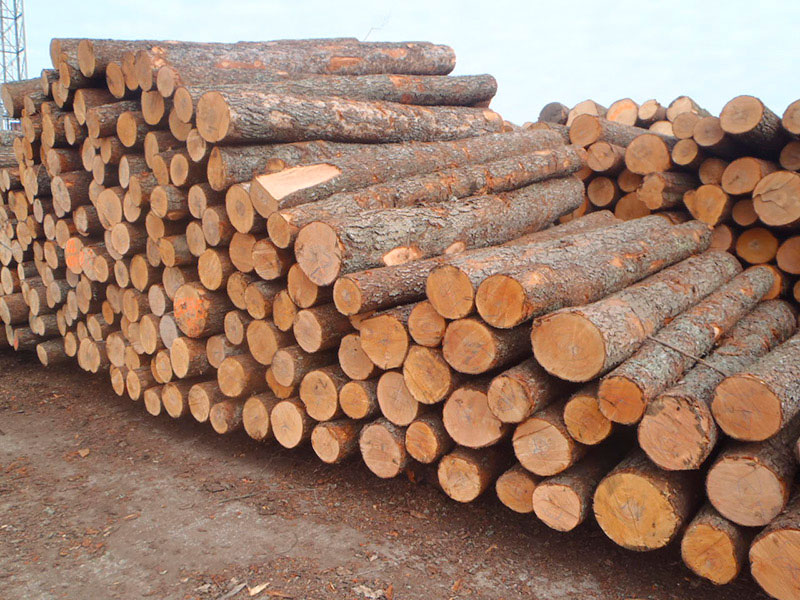
Chinese buyers are buying more logs directly from log exporters, bypassing the U.S. sawmills. According to Gerald Storey, Storey Sawmill & Lumber Co., the log exporters are buying better quality material, and they are paying well above normal market prices for those logs.
Storey Sawmill in Troy, Tennessee, is in the hardwood sawmill and lumber business and works primarily in red oak and poplar. Gerald Storey has talked to other sawmills in his area. All the sawmills his company competes with are experiencing the same thing.
Storey said this Chinese buying started a few years ago, slowed down a bit, and now has picked up again — big time. “The Chinese are subsidizing their companies to the extent that U.S. sawmills can’t compete for the timber and logs in our area,” he said. “The Chinese are also illegally receiving logs not fumigated into their country to cut their cost. U.S. log exporters are going to force U.S. mills out of business.” Earlier, exports of red oak were reported to have risen dramatically, according to Global Wood Markets Info.
With 55 million cubic feet of logs exported, exports of red oak rose 64 percent over last year, representing 29 percent of the U.S. total log export at nearly 16 million cubic feet, through three quarters of 2017. China remains the top recipient of U.S. hardwood logs, boosting its imports by 19 percent.
With an increased Chinese interest, removing logs from an already tight U.S. market could raise lumber prices inside the country. Chinese buyers are paying 50 percent more than the typical sawmill price for logs, said Wood Doctor Gene Wengert. They are paying the equivalent of $900 per 1000 bf, which means the wood will be very expensive when they saw it.





